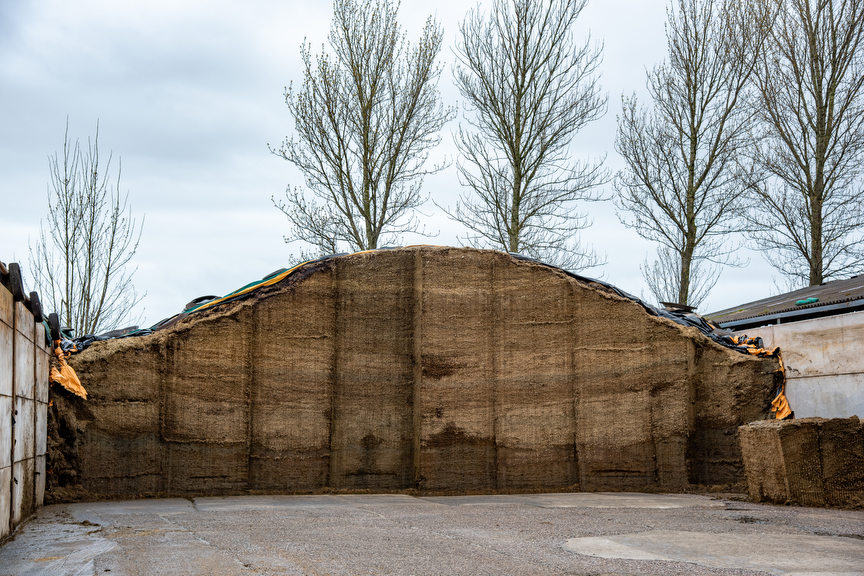- Home
- Knowledge library
- Low protein silages lack sulphur
Low protein silages lack sulphur
Big weather events from extreme wet to late frosts and early drought have been affecting this year’s grass growth and nutrient uptake.
Spring’s challenging weather on the back of another wet winter produced many first cut silages with low protein levels and lacking energy.
Now is the time to review what happened on your farm by comparing your range of silage analyses with soil test results and linking them back to your nutrient management plan.
Low protein silages occur when there is a lack of sulphur in the grass plant. Sulphur doesn’t hang around in the soil; it’s easily washed away unless the crop is actively growing and using it. Last winter’s extreme rainfall will have leached both nitrates and sulphates, particularly where organic matter is low.
Added to this, a combination of late frosts in April plus a dry May meant that grass didn’t start growing properly until mid-May. This led to poor nutrient uptake of any fertiliser that had been applied in early spring.
Remember that soil needs a temperature of at least 8oC, at a depth of 10 cm, for mineralisation and uptake by the grass plant. Until soil warms up, the soil biology doesn’t wake up, and it’s this biological action that effectively moves nutrients around.
Where soil temperatures and moisture levels recovered during the season, subsequent nutrient applications may have corrected deficiencies, with later cuts of silage yielding better quality. However, to avoid similar issues next year, it’s important to remove the guesswork by using accurate test results. Establish a fertiliser management plan for 2022 that spreads nutrients that will be used by the growing grass plant according to your farm’s weather patterns.
Learn how to determine the nutrient requirements of grass and forage crops


